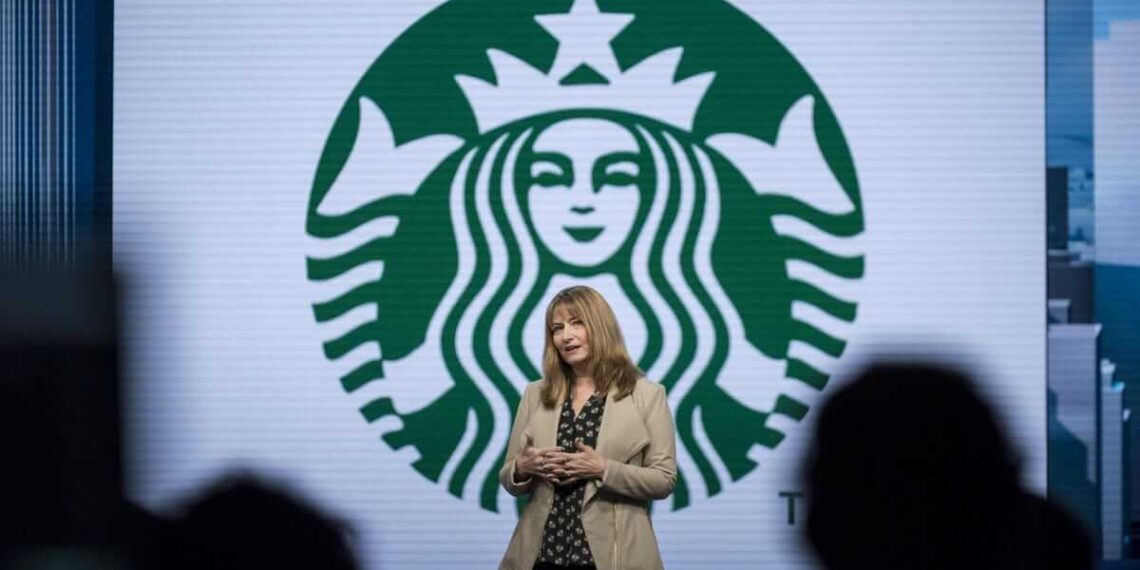People access loyalty programs because they want to feel exclusive. This means offering simple discounts and giving points is no longer sufficient. Instead, the key now is to create an experience that customers find compelling and unique, and that strengthens their emotional attachment to your brand.
This is why, in this blog post, we will explain to you how the right customer loyalty program can help induce FOMO – or ‘Fear of Missing Out’ – in your target customers. In the process, we will also set out some insightful tips on how you can make such a scheme work effectively.
Table of Contents
First of all… what is FOMO marketing?
The term ‘Fear of Missing Out’, or FOMO, in business and marketing refers to a fear of missing out on the likes of limited-edition products, special offers and temporary discounts. By instilling FOMO in your target audience, you can help motivate them to make purchases from you much sooner than they might otherwise have done.
Psychological marketing techniques like these still work very well, since people don’t want to miss out on exclusive promotions.
Loyal members strive for exclusivity
As mentioned at the beginning of this blog post, people who access customer loyalty programs do so because they want to feel special. These people desire access to products and promotions that are restricted or exclusive.
As a matter of behavioral psychology, the FOMO effect accompanies this exclusivity mindset.
Limited-time loyalty program offers, and access to exclusive gifts, sales, and products can actually increase the feeling of exclusivity among members.
A sense of exclusivity contributes to intensifying emotions and strengthening emotional connections with your brand, thereby helping to drive loyalty.
How to create loyalty programs that give your customers an exclusive experience
- Offer discounts and nearly expired vouchers
The best way to create exclusivity and appeal is to add a sense of urgency to your loyalty program offers. To do so, you may want to offer discounts or nearly expired vouchers.
These types of offers can leverage FOMO and exclusivity simultaneously. Being the only ones with access to these exclusive deals will make your customers feel special. However, in order to become one of these ‘special ones’, the customer will need to act, driven by a sense of time pressure and a fear of missing out.
- Provide early access to sales
With a loyalty program, you can invite your customers into a VIP community where they can get early access to sales.
This will make them feel more appreciated as members of the loyalty program, and also help make them feel exclusive, because they will be the only ones able to access the sales in advance.
- Introduce points-only products
Offering points-only products is a great component to incorporate into an exclusive loyalty program. ‘Points-only products’ are items that customers can only purchase using their loyalty points.
As a result, by providing points every time your VIP scheme members make a purchase or a certain number of orders, you can give them the feeling of exclusivity of being able to buy loyalty-member-exclusive products.
- Give members an elite status
The process of granting members a formal status (such as bronze, silver, and gold) is another way to create and maintain a sense of exclusivity with your VIP scheme.
As a result, your customers will feel like they are part of an ‘elite’ group, and will probably be more willing to spend more money in order to achieve the highest status.
Conclusions
A loyalty program is a great way to help bolster your brand’s authority and enhance customer retention.
In order for these programs to succeed, they need to be created with consideration and sensitivity, and provide the right benefits to the members. Taking advantage of the FOMO psychological effect can greatly assist you in achieving this.
By faithfully following the tips listed in this article, you are likely to be able to access immediate positive effects on your brand’s sales, loyalty, and brand awareness. Why not consult this Marketing Donut article for further advice on how you can get your own organization’s customer loyalty scheme just right?

